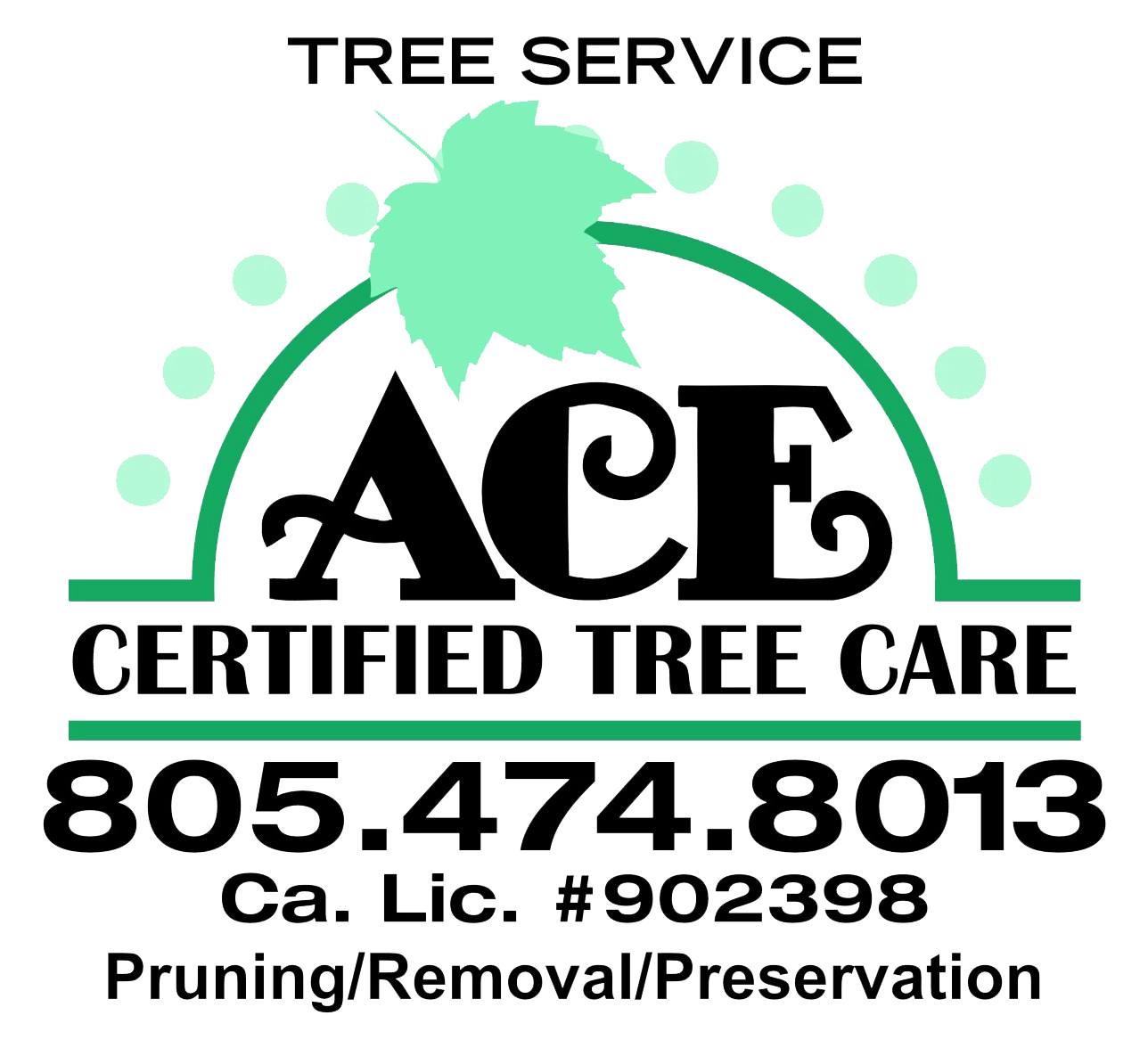How To Choose the Right San Luis Obispo Tree Service
When considering companies for tree removal, you might look at factors like services and licensing. We highlight some important considerations below.
Vet the Company's Qualifications
Tree service companies should have insurance policies protecting their customers and workers. Examples of policies include general liability, professional liability, and workers' compensation insurance. The policies should specifically mention tree work coverage because otherwise, you may be liable for any injuries or damage on your property. Tree removal companies have no mandatory national certifications, but many employ arborists to conduct inspections. Having one isn't a requirement, but an arborist brings in expert knowledge on tree care, maintenance, and preservation. Arborists have earned voluntary certification through the International Society of Arboriculture (ISA).
Get Quotes From Multiple Companies
You should request quotes from a handful of companies to look for the best deal. This lets you compare elements of each quote, such as the service fees, included services, and timelines.
Confirm the Company Performs Residential Tree Services
We recommend seeking out a company that specializes in residential tree services. These companies have fewer locally -mandated service restrictions than commercial companies, which must follow certain local ordinances.
Request a Tree Risk Assessment
A tree risk assessment (TRA) helps minimize the risk of damage to your property or harm to workers. A tree service professional will visually inspect a tree and its branches to assess the risk of breaking, also called tree failure. Talk to your tree removal company and ensure you have a TRA completed before work begins. Certified arborists typically perform these assessments. Some companies offer TRAs for free, while others charge an extra fee.
Ask About Stump Removal
Find out if your tree removal company includes stump removal with its service. Removing stumps is important because neglected stumps can rot and may attract pests or disease. Your tree removal company will remove your stump either by hand or using specialized equipment. This service costs from $83 to $608, with the average San Luis Obispo homeowner paying roughly $387.
How Much Does It Cost To Remove A Tree?
Tree removal services cost $377-$1,659, with an average cost of around $774. Multiple factors influence the price, like tree health, tree size and type, and project size. You'll pay more for emergency services, with costs around $1,991. Companies may charge per acre if multiple trees need to be removed. The price will also increase if your trees have a higher failure risk and necessitate additional safety precautions, labor, or equipment.
Ready to Get a Quote on Your Tree Project?
Please enter a valid 5-digit zip code!
Frequently Asked Questions About Tree Removal in San Luis Obispo
What are some common tree issues?
What's the difference between tree pruning and tree trimming?
What are some signs that a tree is dangerous?
Do I need to hire a professional for tree removal?
Is it okay to leave a downed tree on my lawn?
To share feedback or ask a question about this article, send a note to our Reviews Team at reviewsteam@thisoldhousereviews.com.












